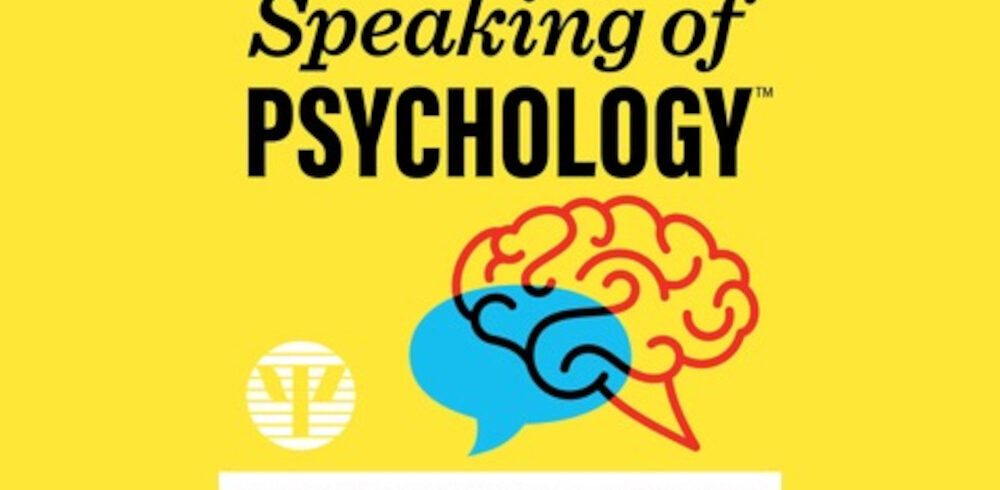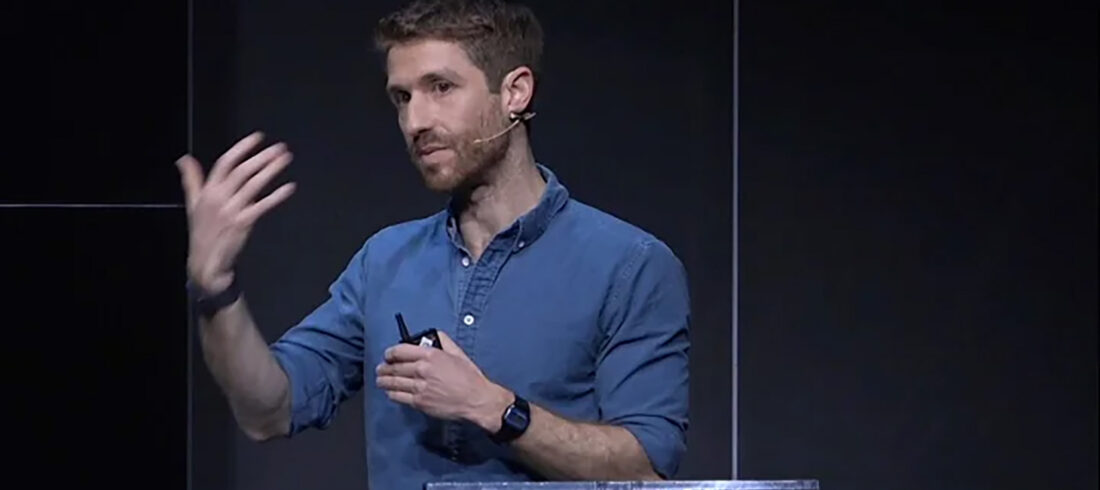
In the fast-paced world of design, incorporating artificial intelligence (AI) into our creative workflow is both exhilarating and empowering. In the recent article “3 Mind-Blowing AI Facts that Will Change Your Life as a Designer” by Kirk Clyne, Co-Founder of Unicorn Fuel, we delve into three remarkable ways AI tools are set to revolutionize the lives of designers (I encourage everyone to read their article). From the ability of robots to design to their incredible speed and ideation capabilities, the impact of AI on the design industry is undeniable. I also wanted to offer my thoughts on these topics brought up in the article. Let’s explore these mind-blowing facts and their implications for designers.
The Robots Can Design
AI has made tremendous strides in generating illustrations, photographs, logos, copy, and more. Today, robots can go beyond these basics and create working websites from rough wireframes, build dynamic presentations and decks, render 3D objects and realistic product mockups, and even generate responsive layouts for ads, brochures, and social posts. These feats can often be accomplished with just a single text prompt. With industry leaders like Adobe, Figma, Microsoft, Google, Canva, Shopify, and Notion investing heavily in these technologies, the tools we use as designers are already evolving.
While your job may not be at risk of being taken over by robots, adapting to these changes is crucial. The quality and functionality of AI-driven design products are rapidly improving, catching the attention of industry leaders. Designers who focus solely on pushing pixels may find themselves outpaced by those who delve deeper into understanding human psychology and business realities.
The Robots Are Fast
One of the most striking features of AI is its superhuman speed. Architectural software can now generate intricate building plans tailored to specific needs in a matter of hours, expediting what used to be a weeks-long process. In graphic design, new platforms are constantly emerging that can churn out designs in mere seconds. This speed allows designers to shed the tedious and repetitive aspects of their work, giving them more time to focus on user research, problem-solving, and ideation.
While the speed of AI can improve work-life balance and provide opportunities for more strategic thinking, it may also lead to clients expecting design services at lower costs. Business owners are attracted to the promise of increased productivity, and they may demand more work in less time. Alternatively, they might reduce salaries, considering that the work is no longer as specialized. Adaptation to these changing expectations will be vital for designers.
The Robots Can Ideate
Contrary to common misconceptions, robots can contribute significantly to the creative ideation process. They are capable of guiding the creative direction, writing copy, and executing design elements with astonishing accuracy. As AI becomes a valued co-pilot in brainstorming sessions, designers need to recognize the potential it holds for enhancing their work.
Embracing AI’s ideation capabilities can lead to exciting and unexpected creative outcomes. However, it also presents a sobering truth: the creative process can be automated, diminishing the need for designers in some areas. While designers excel at more complex and nuanced creative endeavors, adapting and staying ahead in a rapidly evolving industry is essential.
The integration of AI into the world of design brings about a mixture of emotions—exhilaration, empowerment, and, yes, even some fear. However, designers can thrive in a changing landscape through understanding, embracing, and harnessing these advancements. By combining the strengths of AI with our creative abilities, adaptability, and human-centered approach, we can shape the future of design and ensure our relevance in an AI-driven world.





